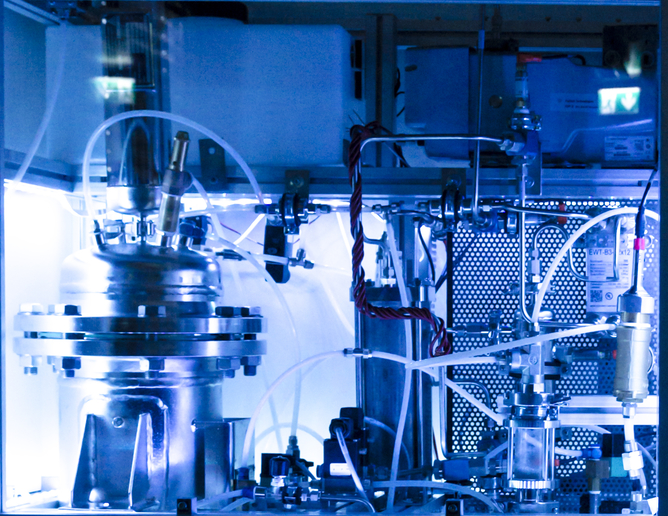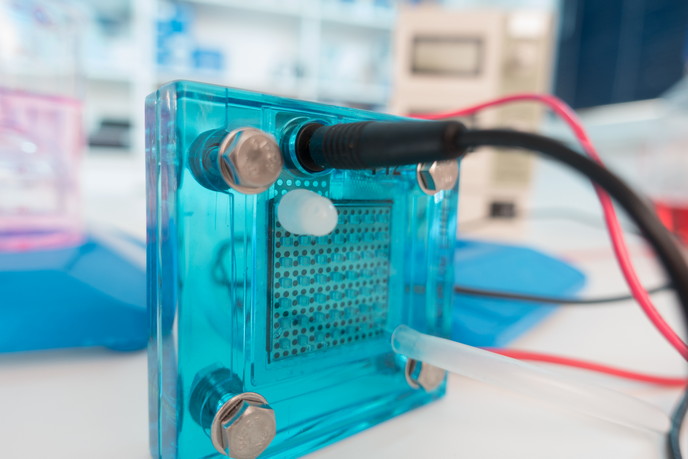New materials for organic photovoltaics
As strong electron acceptors, perylene diimides (PDIs) have been widely used as polymeric acceptors for polymer bulk heterojunction (BHJ) solar cells. However, there are a small number of PDI-based materials that have been synthesised and used as photoactive components. The EU-funded project 'Preparation and application of new n-type, electron acceptor materials in organic solar cells' (DAMASCO) is developing and testing novel electron-accepting molecules and polymers to obtain efficient BHJ cells. The project is demonstrating the high chemical versatility of PDI by introducing substituent groups in the diimide or bay positions. Scientists have already designed a series of PDI-based molecules with different fused aromatic rings in the bay positions. The new PDI-based materials were fully characterised in terms of their optical and electrochemical properties. Their highest and lowest occupied molecular orbital energy levels proved to be suitable for use as acceptors in blends with a certain hole-conducting material (polythiophene, PH3T). Moreover, a decrease in photoluminescence intensity in such blends showed that a photoinduced charge transfer process takes place between PH3T and PDI. Power conversion efficiencies as much as 1 % have been obtained, which represents one of the best results for BHJ solar cells containing PDI/PH3T as active layer. Researchers also focused on developing other electron-accepting materials and on synthesising PDI dimers and polymer acceptors using different donor units. DAMASCO has contributed significantly to the field of polymer-based solar cells by designing new photoactive organic materials. Nevertheless, to enable low-cost mass production, much effort needs to be devoted to further increasing their power conversion efficiency and enhancing their lifetime.







